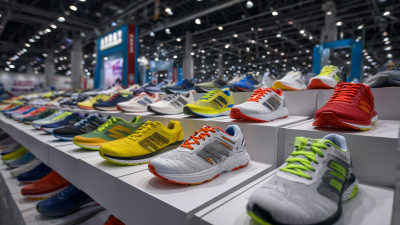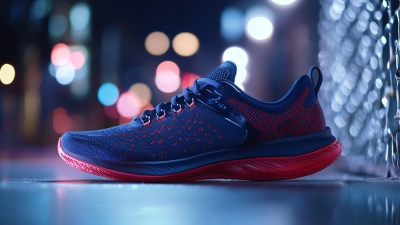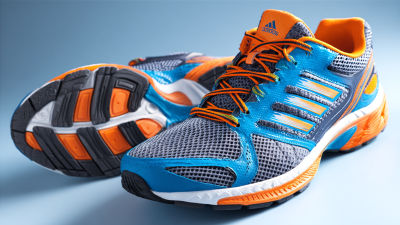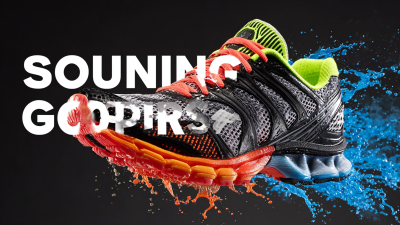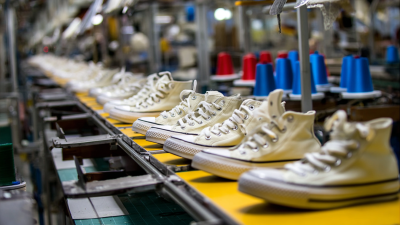
The evolution of athletic shoes has been profoundly influenced by a myriad of factors, including technological advancements, athletic performance needs, and changing fashion trends. In this dynamic landscape, the role of the athletic shoe manufacturer has become crucial. These manufacturers not only strive to enhance performance through innovative designs and materials but also cater to the aesthetic preferences of consumers, resulting in a harmonious blend of function and style. As we delve deeper into the journey of athletic footwear, we will explore how top athletic shoe manufacturers have continuously adapted their strategies to meet the demands of athletes and fashion enthusiasts alike. This comprehensive overview will highlight landmark innovations, key industry players, and the transformative impact of marketing on consumer choices. Join us as we unpack the intricate relationship between performance and style within the realm of athletic shoes, illuminating the path forged by manufacturers dedicated to excellence.
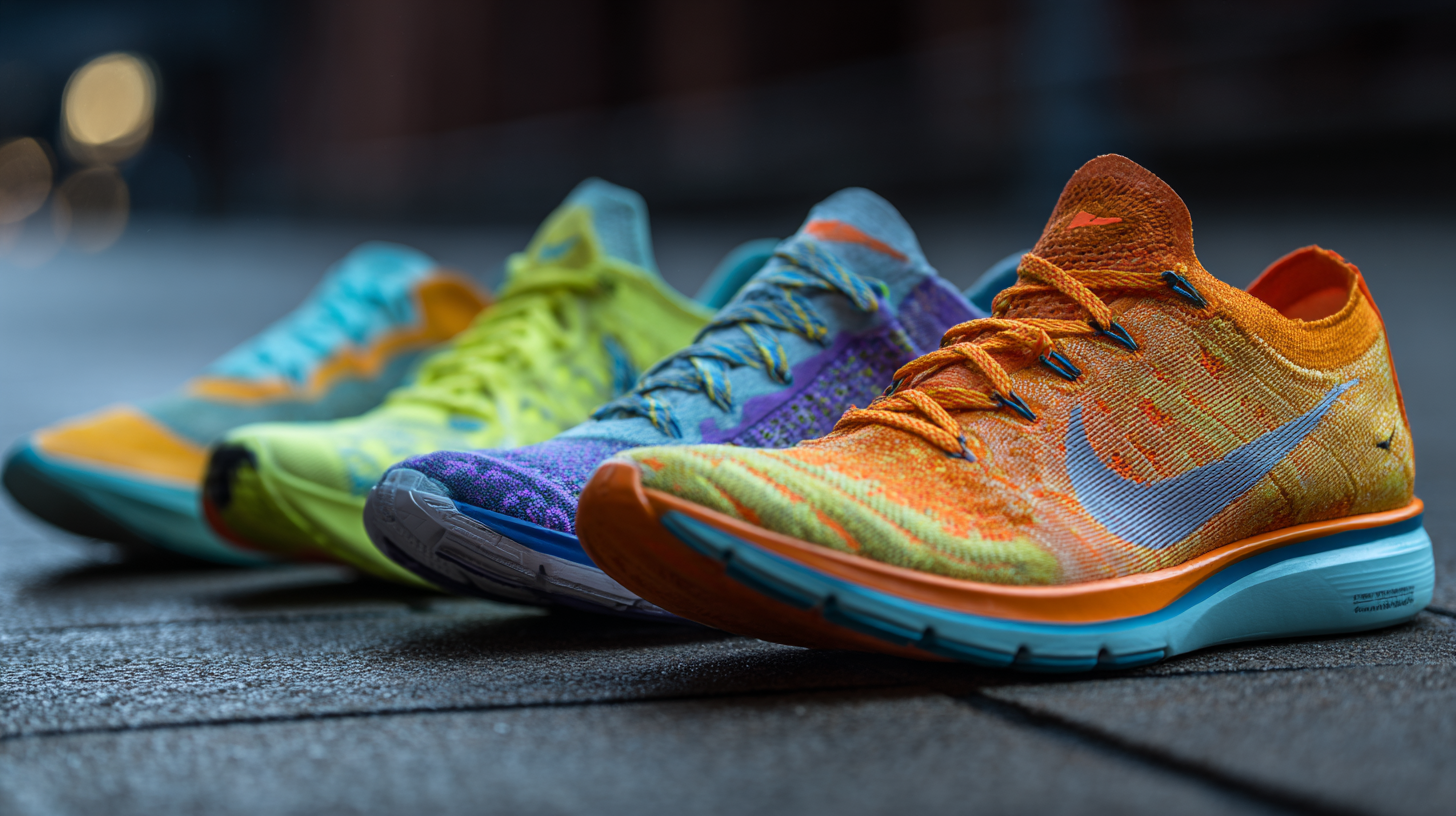
The historical roots of athletic shoe design and development stretch back to the late 19th century when the first specialized footwear began to emerge. The 1890s saw the introduction of rubber-soled shoes, specifically designed for sports like tennis and track and field. This marked a significant shift from traditional leather shoes, allowing for greater comfort and traction. By the 1920s, companies like Adidas and Nike began to modernize athletic footwear, focusing on performance-enhancing features such as proper cushioning and improved grip, which laid the groundwork for the shoes we see today.
A pivotal moment in this evolution was the 1970s running boom, where data from the Running Industry Association indicated that the number of running shoe brands skyrocketed from just a few to over 100 in a decade. Manufacturers responded to the growing demand with innovations, including air cushioning technology, ergonomic designs, and specialized materials aimed at reducing weight and enhancing durability. Reports indicate that the global athletic footwear market was valued at approximately $95 billion in 2021, and it is expected to grow significantly, reflecting the increasing importance of style and performance in shoe design over the decades. As technology advances and consumer preferences evolve, the history of athletic shoes underscores a blend of heritage and innovation that continues to shape the industry.
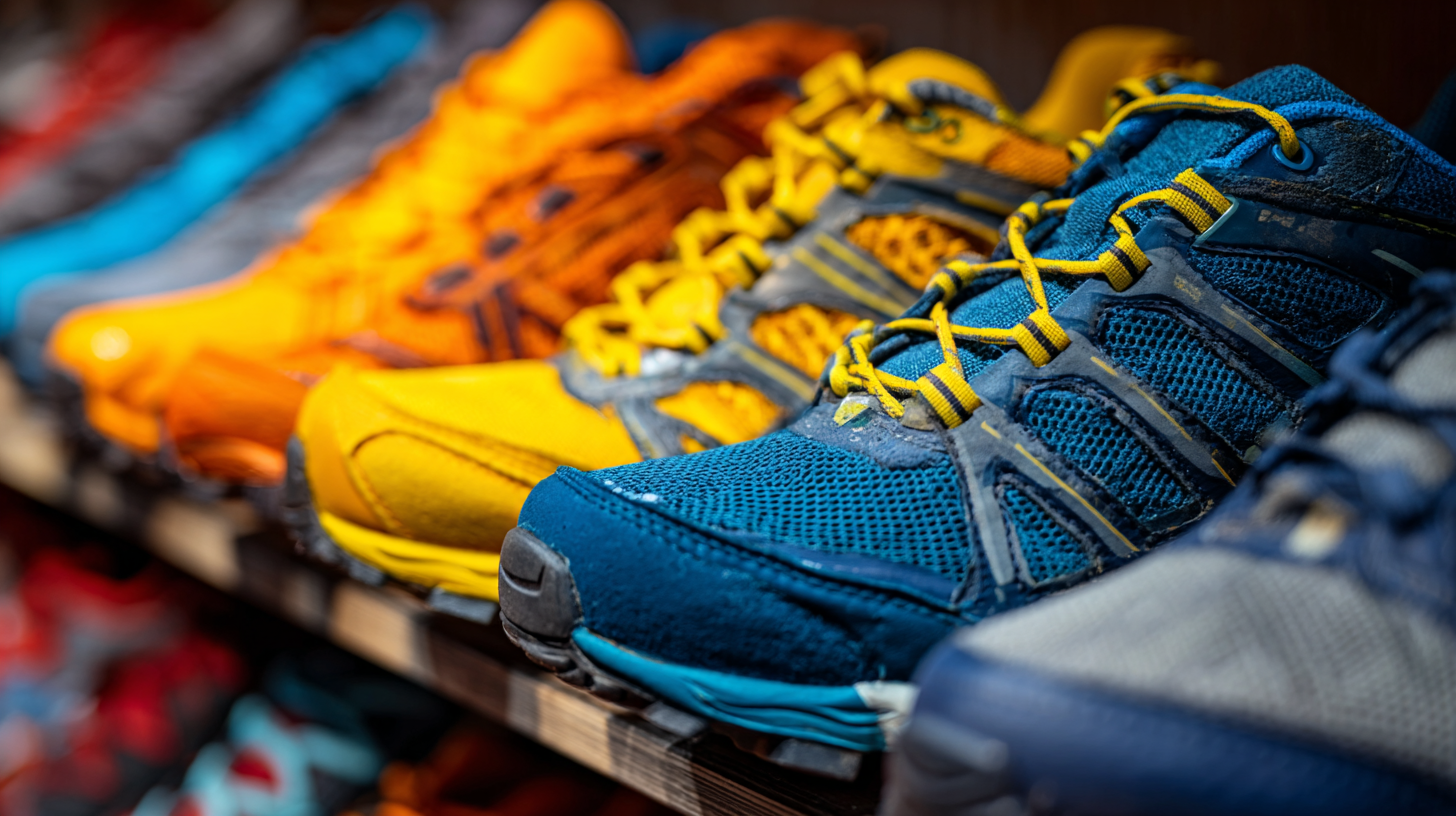 The world of athletic shoes has undergone a remarkable transformation, largely driven by technological innovations that aim to enhance performance. Manufacturers are increasingly integrating advanced materials and designs, focusing on features like cushioning, breathability, and weight reduction. For instance, the introduction of lightweight, breathable fabrics and responsive cushioning technologies allow athletes to perform at their peak for longer periods, significantly reducing the risk of injury.
The world of athletic shoes has undergone a remarkable transformation, largely driven by technological innovations that aim to enhance performance. Manufacturers are increasingly integrating advanced materials and designs, focusing on features like cushioning, breathability, and weight reduction. For instance, the introduction of lightweight, breathable fabrics and responsive cushioning technologies allow athletes to perform at their peak for longer periods, significantly reducing the risk of injury.
In addition to improvements in material science, digital technologies are also shaping the evolution of athletic footwear. Smart shoes equipped with sensors provide real-time data on performance metrics such as speed, distance, and heart rate. This data enables athletes to make informed decisions during training, optimizing their routines for maximum efficiency. As these innovations continue to evolve, they not only enhance athletic performance but also influence style, resulting in shoes that are as fashionable as they are functional.
The popularity of athletic shoes has increasingly become intertwined with brand image, significantly influencing consumer preferences and style trends. Major manufacturers have invested heavily in crafting a distinct identity that resonates with athletes and casual wearers alike. This identity shapes perceptions of performance, durability, and aesthetic appeal, allowing brands such as Nike, Adidas, and Puma to dominate the market. Their innovative designs not only serve functional purposes but also create a lifestyle that consumers aspire to emulate.
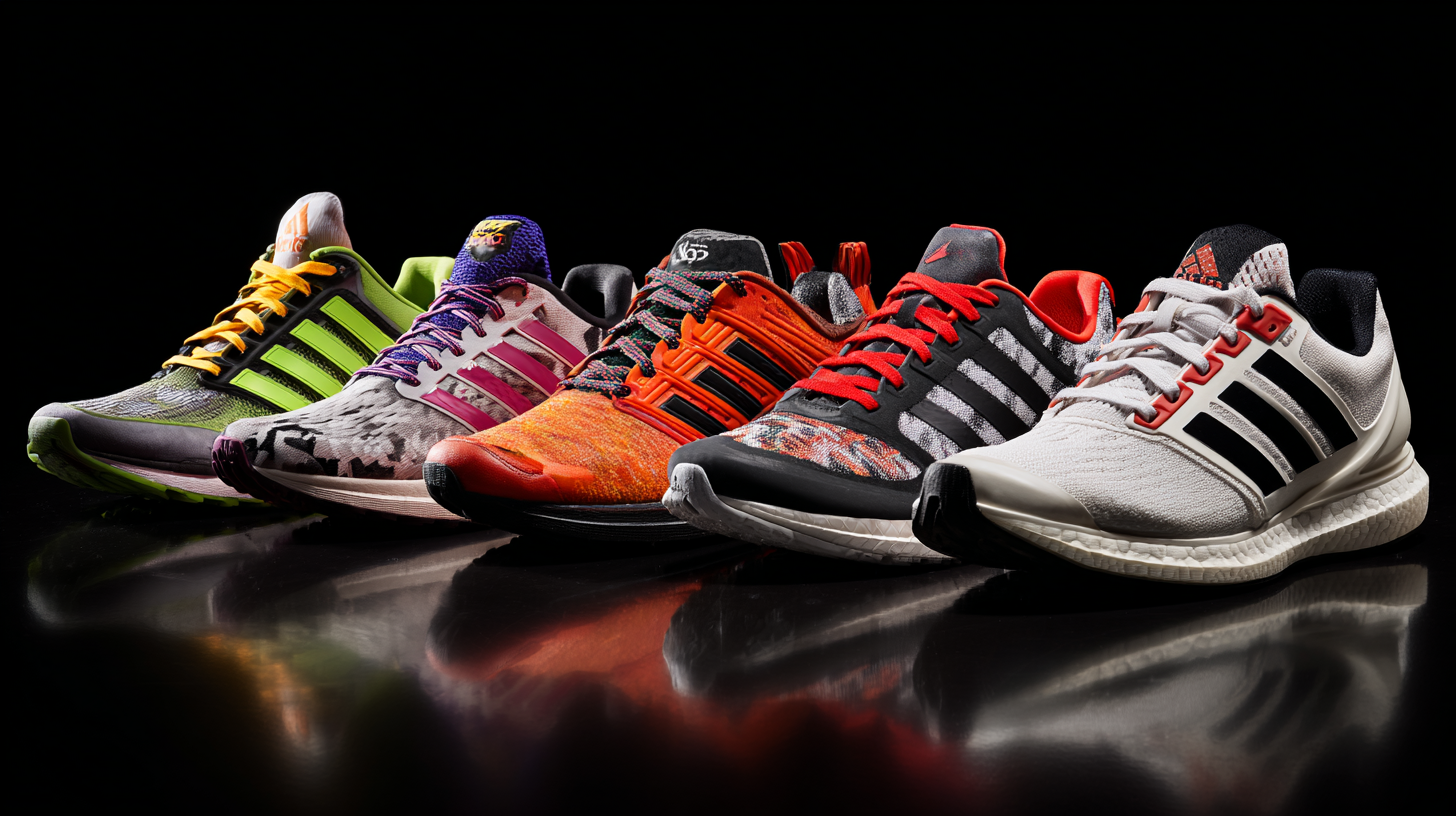
In this dynamic landscape, collaborations with high-profile athletes and celebrities further elevate a brand's status. Limited edition releases and endorsements create a sense of exclusivity and desirability, driving consumers to purchase not just for performance but also for the social currency that comes with owning a particular brand. The interplay between brand image and consumer identity has turned athletic shoes into a fashion statement, where the style often holds as much weight as the shoe’s intended purpose, ultimately shaping trends in both the athletic and fashion industries.
In recent years, the athletic shoe market has been heavily influenced by shifting consumer trends that reflect the desires of both athletes and casual wearers. According to a report by Allied Market Research, the global athletic footwear market is expected to reach $95.14 billion by 2025, driven by increasing health consciousness and the booming athleisure trend. Consumers are not only looking for functionality but also for style, prompting manufacturers to innovate in terms of design and technology. Brands like Nike and Adidas have integrated cutting-edge materials that enhance performance while aligning with fashion-forward aesthetics.
When selecting athletic shoes, consider your primary activities. For serious runners, look for options with advanced cushioning and support, such as shoes featuring responsive foam technology. Casual wearers, meanwhile, may prefer lifestyle shoes that offer versatility and comfort for everyday wear.
Tip: Always check the in-store try-on policies; finding the right fit is crucial for performance and comfort. Additionally, keep an eye on sustainability trends in footwear; many brands are now offering eco-friendly options that appeal to environmentally conscious consumers.
In recent years, the athletic shoe industry has witnessed a remarkable shift towards sustainable practices that are not only transforming manufacturing processes but also redefining consumer expectations. As manufacturers recognize the environmental impact of traditional production methods, there is a growing commitment to utilizing eco-friendly materials and renewable resources. Brands are now incorporating recycled plastics, organic cotton, and bio-based components into their designs, resulting in shoes that not only enhance performance but also minimize ecological footprints.
Moreover, the integration of sustainable practices extends beyond materials to encompass the entire lifecycle of athletic shoes. Companies are adopting innovative strategies such as production efficiency improvements and waste reduction techniques. For instance, advanced technologies like 3D printing allow for precise manufacturing that reduces leftover materials. Additionally, some brands are implementing take-back programs where customers can return worn shoes for recycling or refurbishing. This proactive approach not only appeals to environmentally conscious consumers but also fosters a circular economy within the sneaker culture, setting a precedent for future manufacturing standards.
